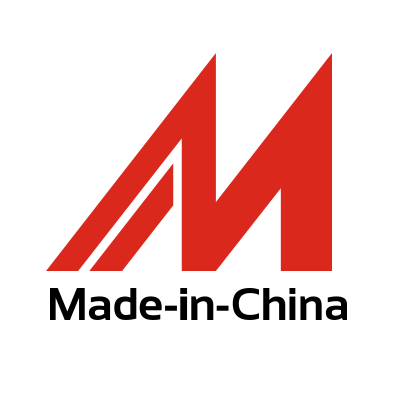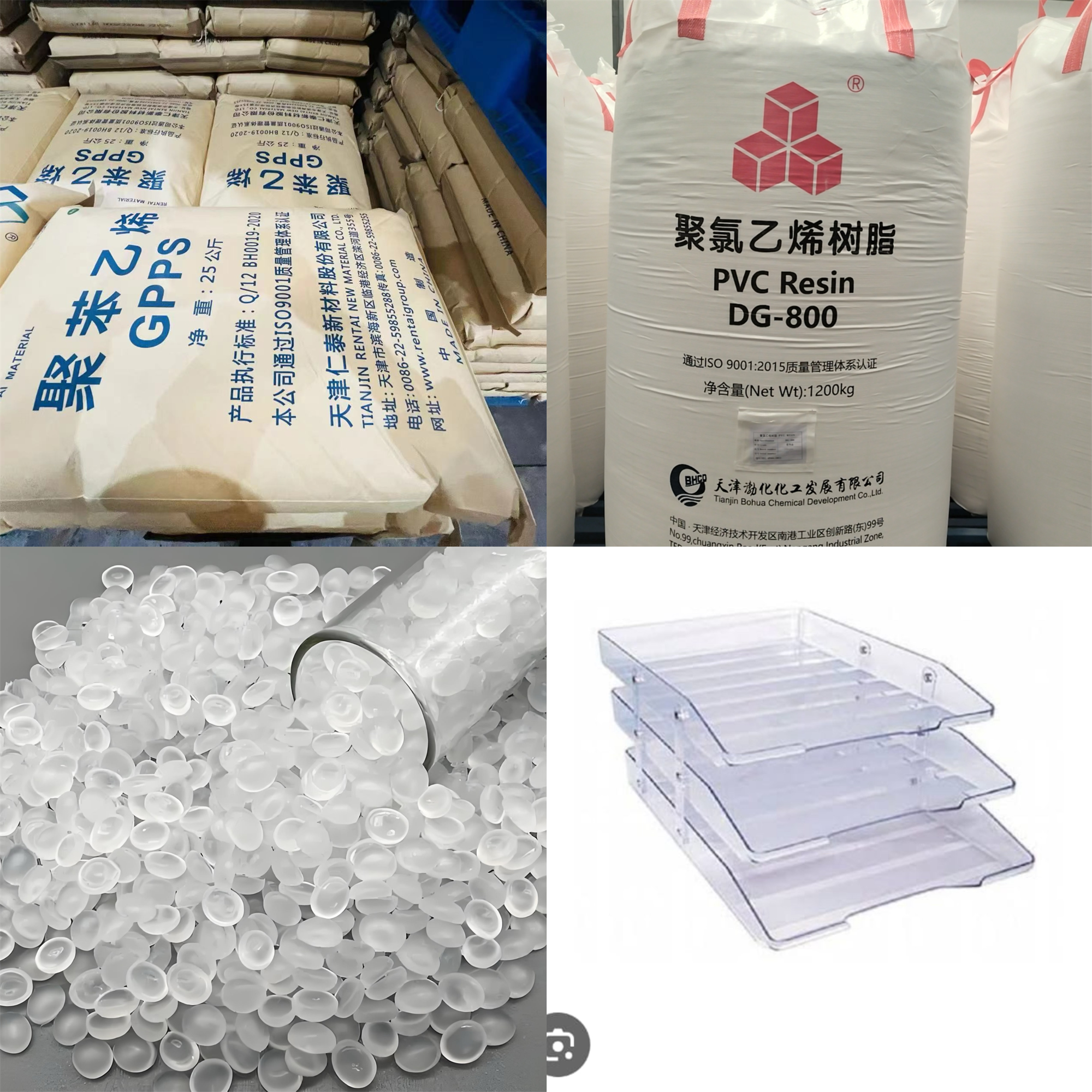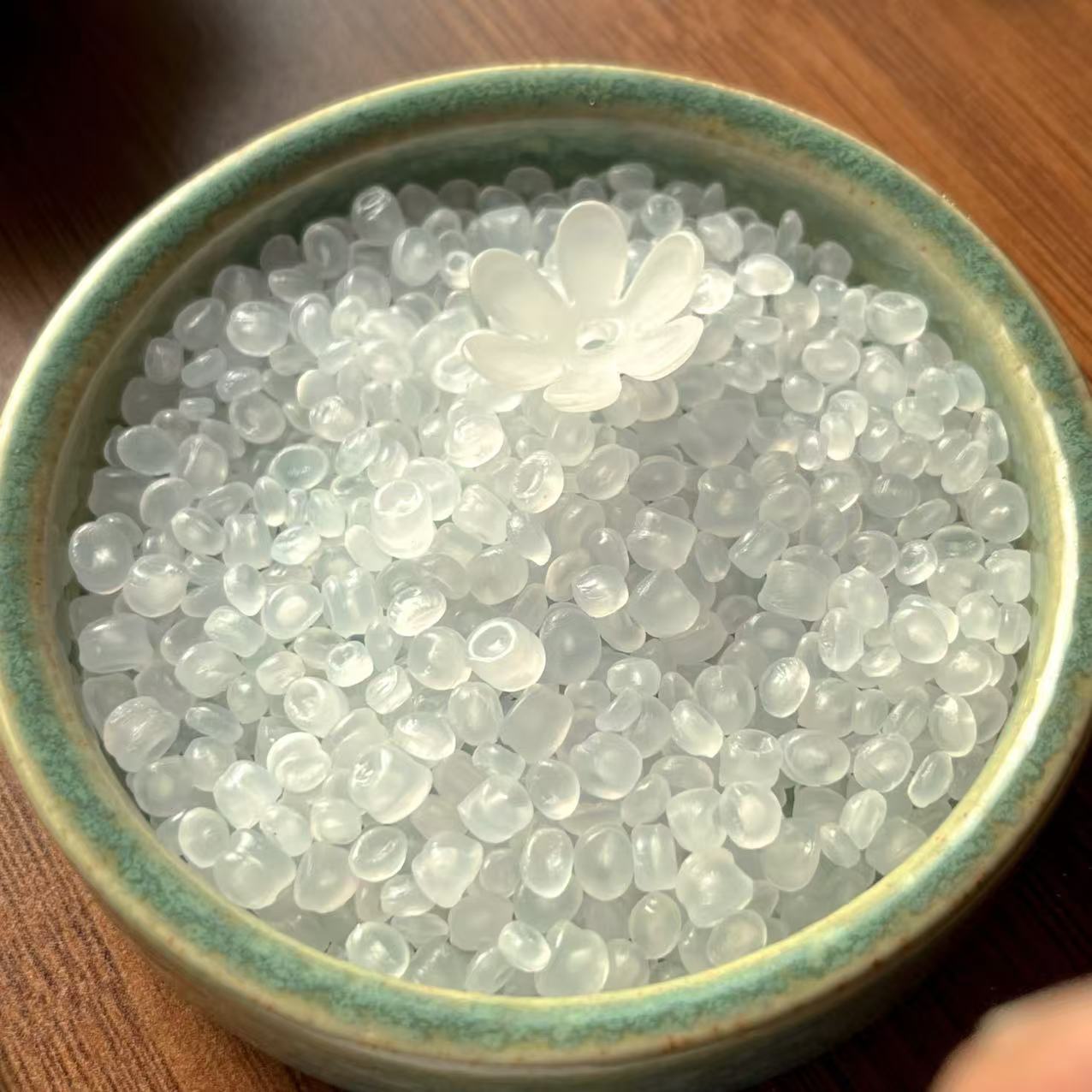To learn more about our products and purchase please click Made in China
Product Features
At Suzhou Furenxiang Trading Co., Ltd., we supply high-quality general plastic materials, including ABS, PVC, PS, PET, PP, HDPE, and LLDPE.
These versatile materials are widely used across industries for packaging, construction, automotive, and consumer goods. Our products ensure durability, efficiency, and cost-effectiveness for diverse manufacturing needs.
|
Material Name |
Applications |
Model / Brand |
Download |
|
ABS |
|
Tianjin Dagu ABS 417 |
 |
|
PVC
|
Sheets, thin plates, etc.) /T |
PVC DG-800 |
 |
|
Profiles, water pipes, doors and windows, etc.) /T
|
PVC DG-1000 |
 |
|
|
PS |
Disposable knives and forks, plates, tableware, etc. food-grade materials) /T |
GPPS 133S |
 |
|
PET Sanfangxiang: |
Water bottle material |
Sanfangxiang: PET CZ-302 |
 |
|
PP packaging bag material
|
Packaging bag material |
Hengli: PP L5E89
|
 |
|
HDPE
|
Bottle cap material |
Fujian United: HDPE DMDA8008
|
 |
|
low-pressure pipe |
Guangdong Petrochemical: HDPE 23050 |
 |
|
|
Hainan Petrochemical: HDPE 23050 |
 |
||
|
Jihua: HDPE 100S |
 |
||
|
low-pressure hollow |
Zhongke: HDPE 5502ZK |
 |
|
|
Maoming: HDPE 5502 |
 |
||
|
Guangdong Petrochemical: HDPE 6200 |
 |
||
|
low-pressure film material |
Hainan: HDPE 9252 |
 |
|
|
Zhongke: HDPE 55110 |
 |
||
|
Sinochem: HDPE 144 |
 |
||
|
low-pressure wire drawing)
|
Daqing: HDPE 5000S
|
 |
|
|
low-pressure injection molding
|
Hainan: HDPE 7260 |
 |
|
|
Guangdong Petrochemical: HDPE 7260 |
 |
||
|
LLDPE |
linear low dencity Film grade |
Borouge: FB2230, FB2310 |
 |
|
Film blow molding |
DOW: 2036P, 2045G, 2045S |
 |
PROXY BRAND
ABS (Acrylonitrile Butadiene Styrene)
ABS is a widely used thermoplastic known for its excellent impact resistance, toughness, and high strength. It is commonly used in applications such as automotive parts, consumer electronics, toys, and appliance housings. ABS offers good dimensional stability and is easily molded into complex shapes. It is also highly resistant to heat and chemicals, making it ideal for various industrial applications. Its high gloss finish and ease of processing make it a popular choice in many sectors, including automotive, electronics, and construction.
PVC (Polyvinyl Chloride)
PVC is a versatile and durable thermoplastic used in various applications, from plumbing pipes to medical devices and packaging. Known for its excellent chemical resistance, flame retardant properties, and low cost, PVC is widely used in the construction, healthcare, and electrical industries. It is available in rigid and flexible forms, making it suitable for an array of products such as windows, flooring, wire insulation, and packaging. PVC can also be modified to offer enhanced mechanical and chemical properties for specific applications.
PS (Polystyrene)
Polystyrene is a transparent, rigid thermoplastic widely used for applications that require clarity, ease of molding, and low cost. It is commonly found in packaging materials, disposable cutlery, and CD cases. PS is also used in insulation materials and as a base material for various molded products. It has excellent electrical insulating properties, is easy to fabricate, and offers a high degree of versatility in product design. While it has limited impact resistance, it excels in creating low-cost, lightweight products.
PET (Polyethylene Terephthalate)
PET is a strong, durable thermoplastic commonly used in the production of bottles, containers, and films. It is widely regarded for its excellent clarity, chemical resistance, and high strength-to-weight ratio. PET is commonly used in the food and beverage industry for packaging, as well as in textiles (as polyester). Its recyclability has made it an environmentally friendly choice for sustainable packaging solutions. PET is also resistant to moisture, making it ideal for preserving contents in packaging materials.
PP (Polypropylene)
Polypropylene is a versatile thermoplastic known for its excellent chemical resistance, high melting point, and low density. It is widely used in applications such as automotive parts, textiles, and packaging. PP is resistant to fatigue and offers good impact strength and flexibility at low temperatures. Due to its light weight, chemical resistance, and ease of processing, polypropylene is frequently used in the manufacturing of containers, medical devices, and a range of consumer goods. It is also known for its excellent electrical insulating properties.
HDPE (High-Density Polyethylene)
HDPE is a strong, rigid thermoplastic with high resistance to impact, chemicals, and moisture. It is commonly used in the production of pipes, containers, and plastic bottles. Known for its high strength-to-density ratio, HDPE is widely used in packaging, automotive, and construction industries. It is also highly resistant to UV radiation and environmental stress cracking. Its versatility and resistance to abrasion and chemicals make HDPE an excellent choice for a wide range of industrial applications, from heavy-duty containers to outdoor products.
LLDPE (Linear Low-Density Polyethylene)
LLDPE is a flexible, low-density polyethylene known for its superior tensile strength, low-temperature toughness, and excellent impact resistance. It is widely used in the production of film and packaging materials, as well as in products such as toys, automotive parts, and agricultural films. LLDPE is more resistant to cracking and environmental stress than low-density polyethylene (LDPE), making it ideal for flexible applications. It also offers excellent stretchability, which is particularly beneficial in applications requiring durability and high elasticity.
To learn more about our products and purchase please click Made in China















